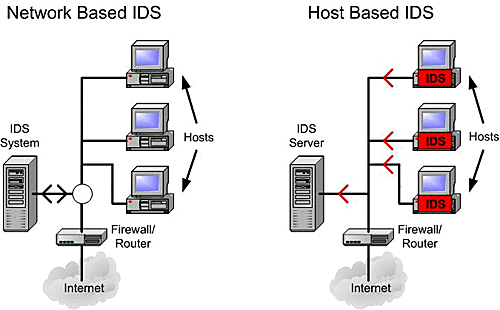
What is an Intrusion detection system? What are the different types of Intrusion detection systems available? How does each of these work to protect network security? What are the basic variants that are integral to both systems? Where in the network are anti threat devices employed in each of these systems?
The difference between NIDS and HIDS and how do they help?

HIDS stands for Host Intrusion Detection Systems while NIDS stands for Network Intrusion Detection Systems. Both of these are methods or means of security management for networks and computers. In HIDS, each computer on the network that has 2-way access to the outside environment like the internet is installed with anti-threat applications like firewalls, antivirus, and spyware detection applications.
In NIDS, there are only particular parts or points on the network where anti-threat applications are installed like the servers that interface between the network segment to be protected and the outside environment. All means of intrusion detection or ID requires the analysis and collection of information or data from different areas within the network or computer to spot potential threats caused by crackers or hackers either inside or outside of the organization.
HIDS and NIDS have their respective advantages and disadvantages or limitations but the best protection for a proprietary network is the combination of both.













